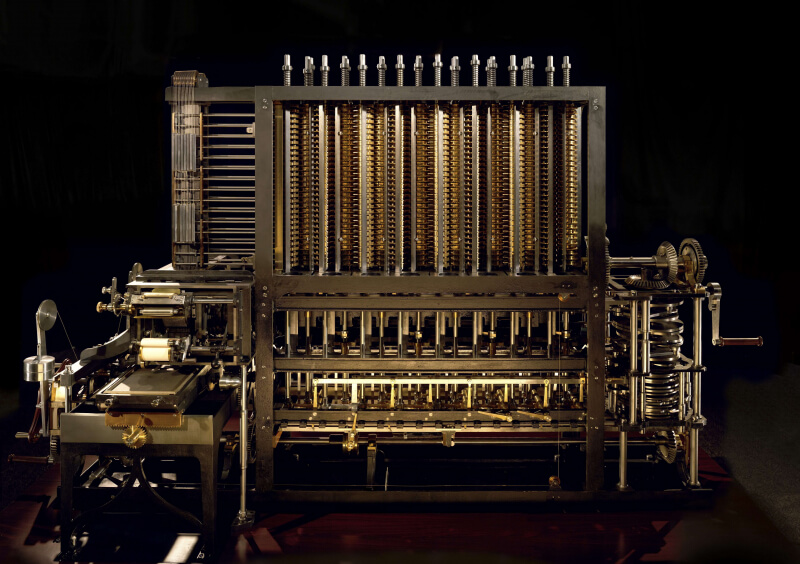Choose your answer and the correct choice will be revealed.

English engineer Charles Babbage (1791-1871) is recognized as the “father of computing” for inventing the first mechanical computer, which paved the path for more elaborate electronic designs in the coming centuries.
Babbage’s machines include a mechanical calculator called the “Difference Engine” which started its development in 1823 following £1,700 in funding from the British government, who wound up spending £17,000 before abandoning the project in 1842.
By that point, Babbage’s interests had shifted to designing the “Analytical Engine,” which was first described in 1837. The Analytical Engine comprised an arithmetic logic unit, conditional branching and loops via control flow, and integrated memory, which is essentially the same logical structure of today’s computers.
Despite dedicating much of his time and wealth to the development of the Analytical Engine, Babbage never completed any of his designs and nor did his son, Henry Prevost Babbage, who continued his father’s work after he died in 1871.
Before his passing, in 1854 Swedish inventor Georg Scheutz successfully built a machine based on Babbage’s Difference Engine and this system went on to be used by the British and American governments for printing mathematical, astronomical and actuarial tables.
In 1985, the Science Museum in London started building the Difference Engine No. 2 from Babbage’s original designs and in 1991, two centuries after Babbage’s birth, the calculating device was completed using 4,000 parts weighing more than three metric tons (the No. 2 design included refinements discovered during the Analytical Engine’s development).
Efforts to build the Analytical Engine have been made as recent as 2010 when British programmer John Graham-Cumming started a fundraising campaign for the project, but as of May 2016 researchers hadn’t yet reverse-engineered Babbage’s designs and thus no construction has begun.
Source link